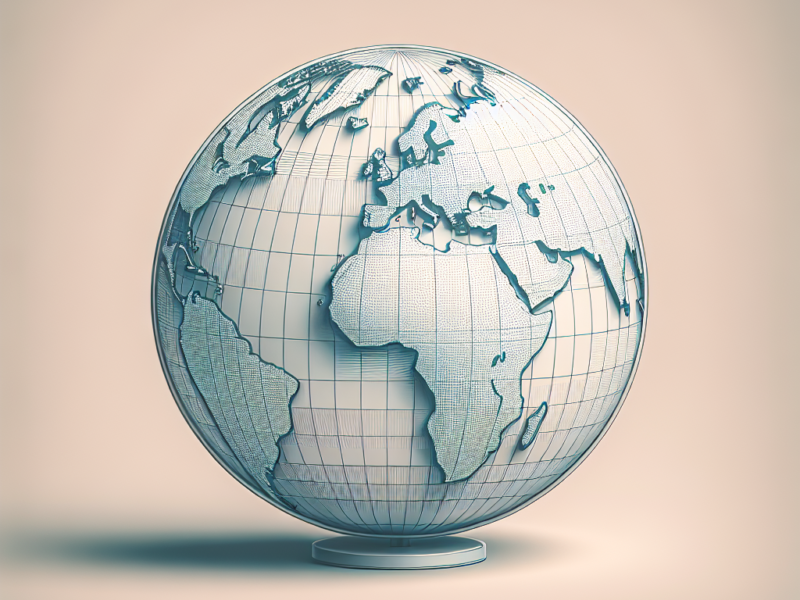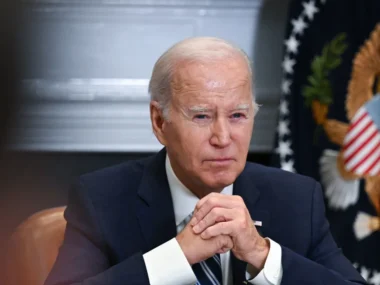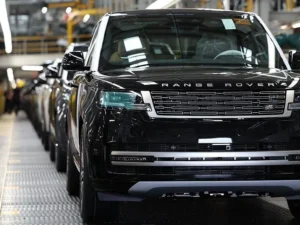Geopolitical Shifts: How New Alliances Are Reshaping Global Power Dynamics
The landscape of international relations is undergoing a profound transformation marked by the emergence of new alliances and a recalibration of power dynamics. In the 21st century, traditional powerhouses are facing challenges from rising nations, and the globalization of economics and technology is creating opportunities for collaboration and competition like never before. As we venture deeper into this intricate tapestry of geopolitical shifts, it is imperative to examine how these new alliances are reshaping global power dynamics.
The Rise of Multilateralism
In the wake of increasing complexity in global affairs, multilateralism has emerged as a crucial strategy for addressing transnational challenges. Climate change, pandemics, cybersecurity threats, and economic instability know no borders. Consequently, nations are increasingly finding it necessary to collaborate on a broader scale. Platforms such as the United Nations, ASEAN, and the G7 have seen invigorated participation and modified mandates in response to these urgent global dilemmas.
What’s noteworthy is the rise of informal coalitions, such as the Quad (comprising the United States, India, Japan, and Australia) and AUKUS (between Australia, the UK, and the US), which attempt to counterbalance China’s assertive geopolitical expansion. These alliances place emphasis on collective security arrangements and have propelled discussions surrounding not only conventional military cooperation but also technological and economic partnerships.
The Shifting Balance of Power in Asia
Asia’s geopolitical landscape is undergoing a seismic shift characterized by both competition and collaboration. The rise of China as a global superpower, particularly in economic and military terms, has prompted neighboring countries to reassess their alliances. China’s Belt and Road Initiative (BRI) has been a significant tool for Beijing as it seeks to expand its influence through infrastructure investments across Asia, Africa, and Europe. While this strategy has fostered cooperation, it has also raised concerns among countries such as India and Japan, which perceive it as a threat to regional stability and autonomy.
In response to China’s assertive actions in the South China Sea and its increasing military capabilities, India has sought to cement alliances not only with traditional partners like the United States but also with smaller nations within the Indo-Pacific region. This reorientation symbolizes a strategic pivot and the formation of a counterweight to Beijing’s ambitions.
The Euro-Atlantic Alliance: Challenges and Resilience
The Euro-Atlantic alliance has faced significant strains in recent years, particularly with the shifting policies of the United States under different administrations. While historically NATO has served as an indispensable security apparatus for Europe, recent geopolitical events such as Russia’s aggression in Ukraine have reinforced the organization’s relevance. European nations are increasingly recognizing the need for enhanced defense spending and greater military collaboration within NATO.
Moreover, the perception of cybersecurity threats and hybrid warfare has urged EU members to work closer together and with the U.S., emphasizing resilience against misinformation and technology theft. The formation of the European Defense Fund and initiatives aimed at developing autonomous military capabilities reflect this commitment to collective security and defense modernization.
The Role of Emerging Economies
While traditional powers grapple with their declining influence, emerging countries—most notably Brazil, India, South Africa, and Indonesia—are seeking greater roles on the global stage. These nations, part of the BRICS consortium, have sought to create alternative frameworks that reflect their political and economic realities, challenging the established norms led by Western countries. The establishment of the New Development Bank (NDB) has provided an alternative to the World Bank for infrastructure funding, circumventing traditional Western dominance in global financial institutions.
The Global South, buoyed by youthful populations and diverse economies, is increasingly asserting its voice in international forums. Their partnerships with both China and the United States add a layer of complexity to the world order, as they strategically position themselves to maximize benefits from both sides.
The Future of Global Power Dynamics
As we look to the future, it is evident that the interplay of alliances will only grow in significance. Technological advancements, economic interdependence, and the pressing nature of global challenges will continue to drive nations toward collaborative mechanisms. However, the emergence of new alliances may also lead to heightened tensions and rivalries, particularly as countries navigate competing interests.
The world is entering an era where soft power, economic influence, and cultural diplomacy are as vital as military might. Countries that excel in harnessing these facets of foreign policy will likely reshape the contours of global power dynamics.
In conclusion, the geopolitical shifts driven by new alliances are undoubtedly transforming how power is distributed and exercised on the global stage. The challenge for policymakers is to adapt to these tectonic changes, ensuring that they foster cooperation amidst competition to build a more resilient and equitable world order. As the world’s powers redefine their relationships, the emerging era promises to be as dynamic as it is uncertain.











